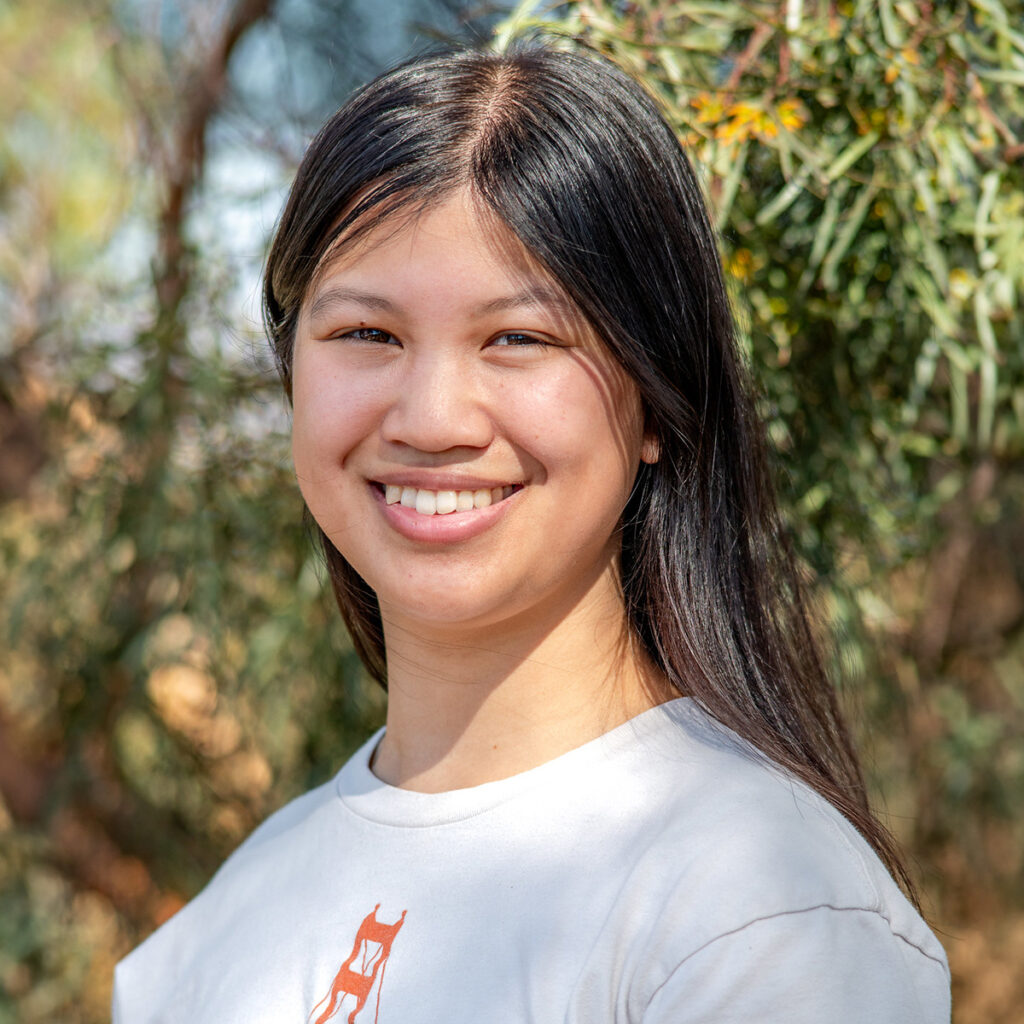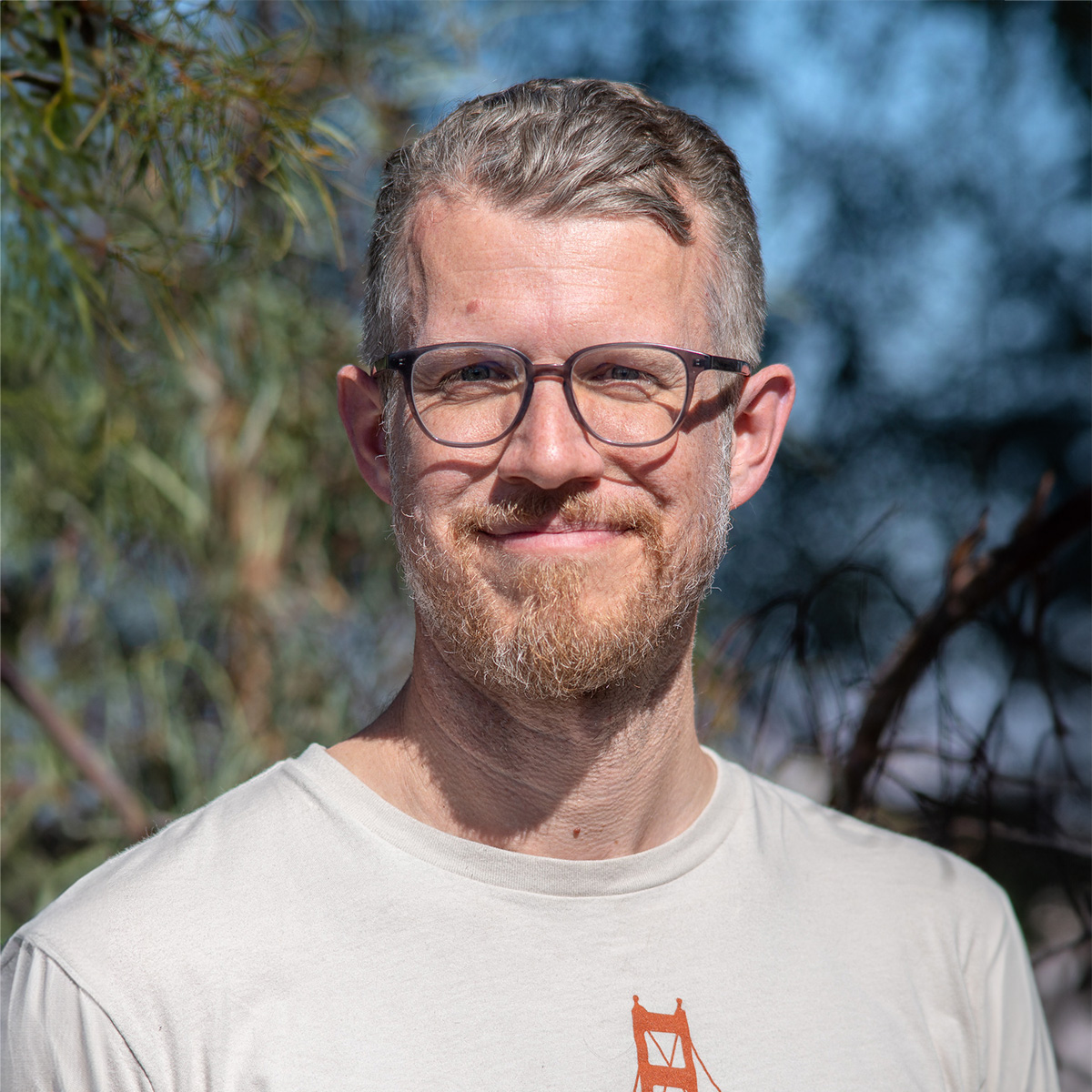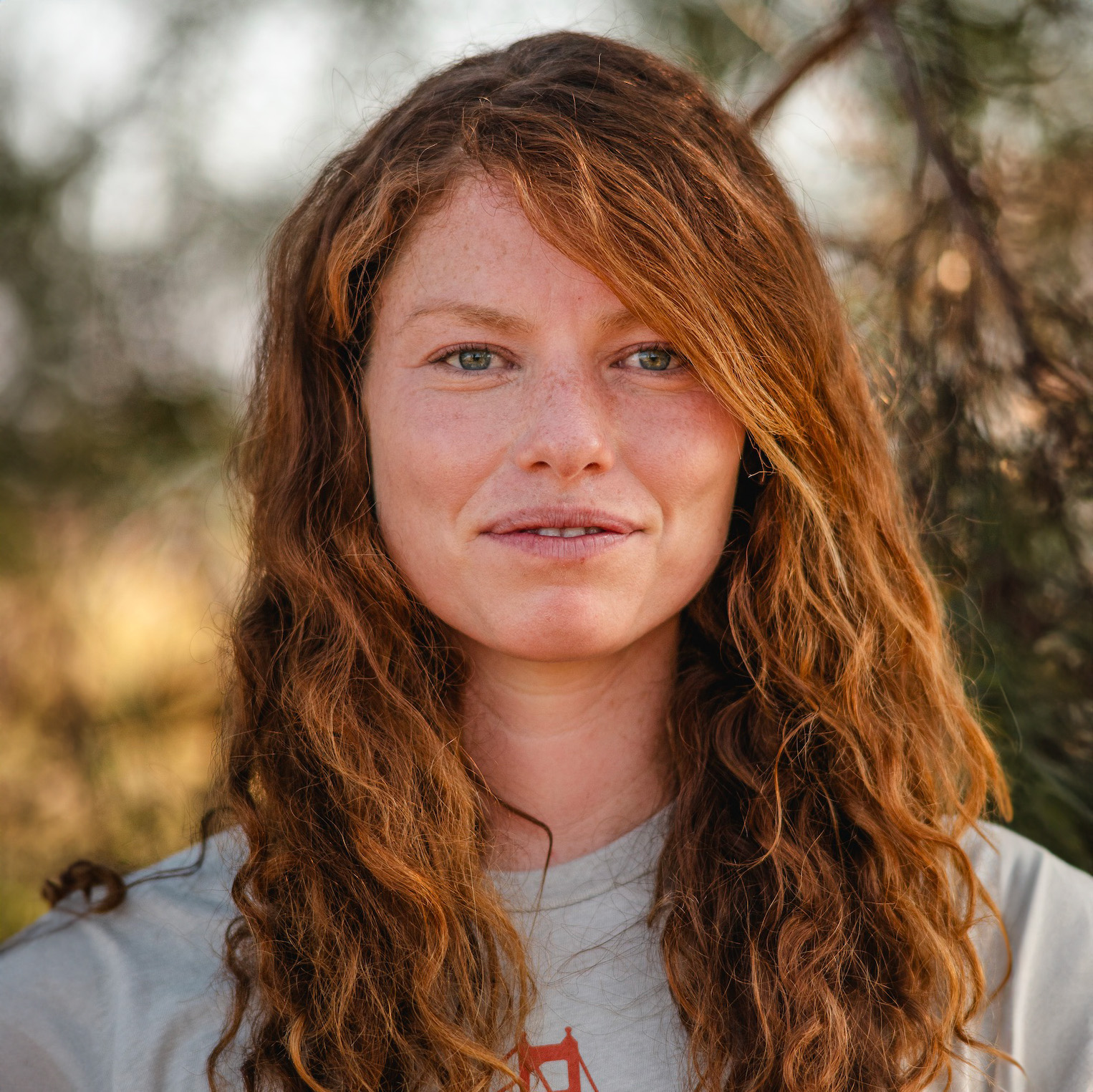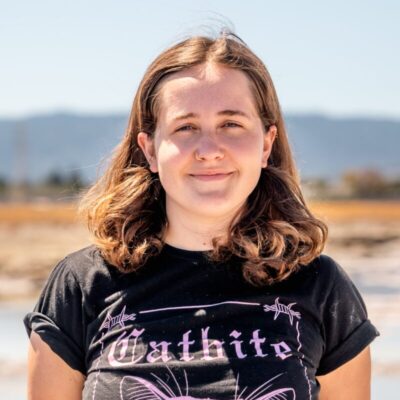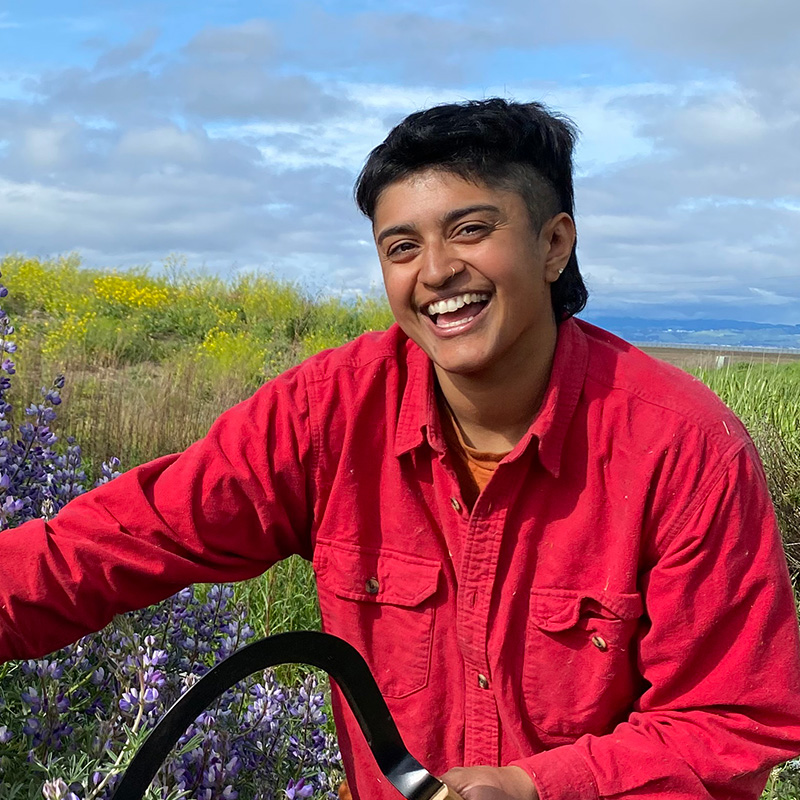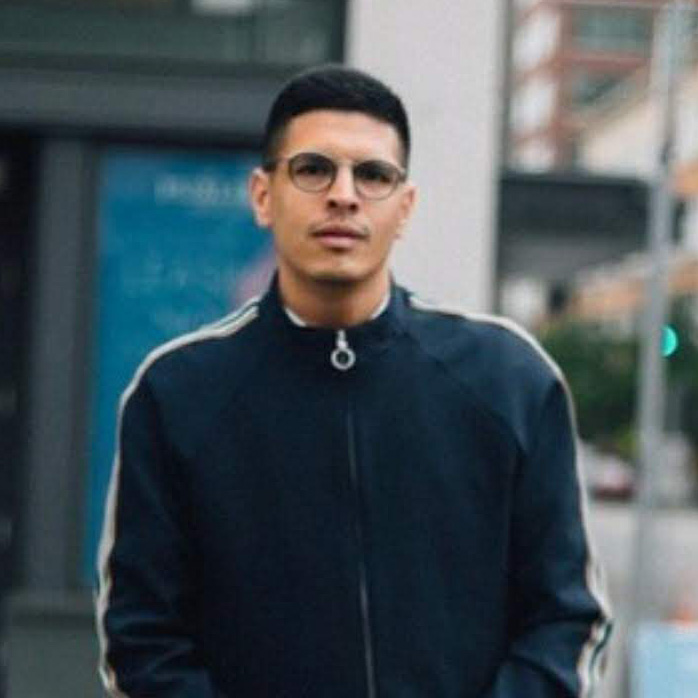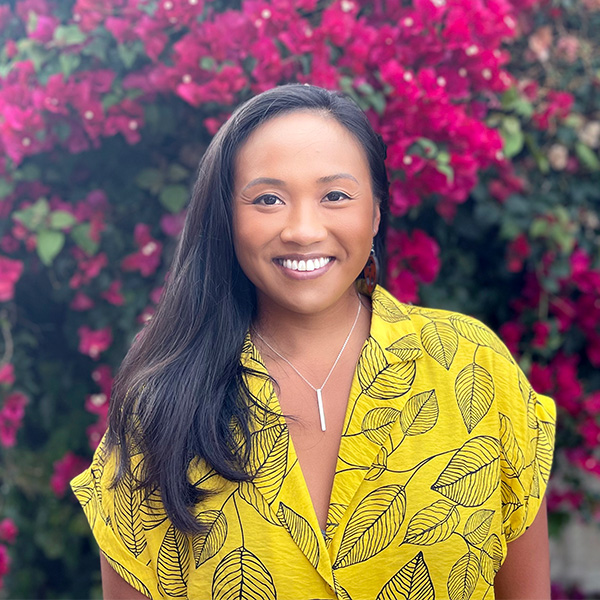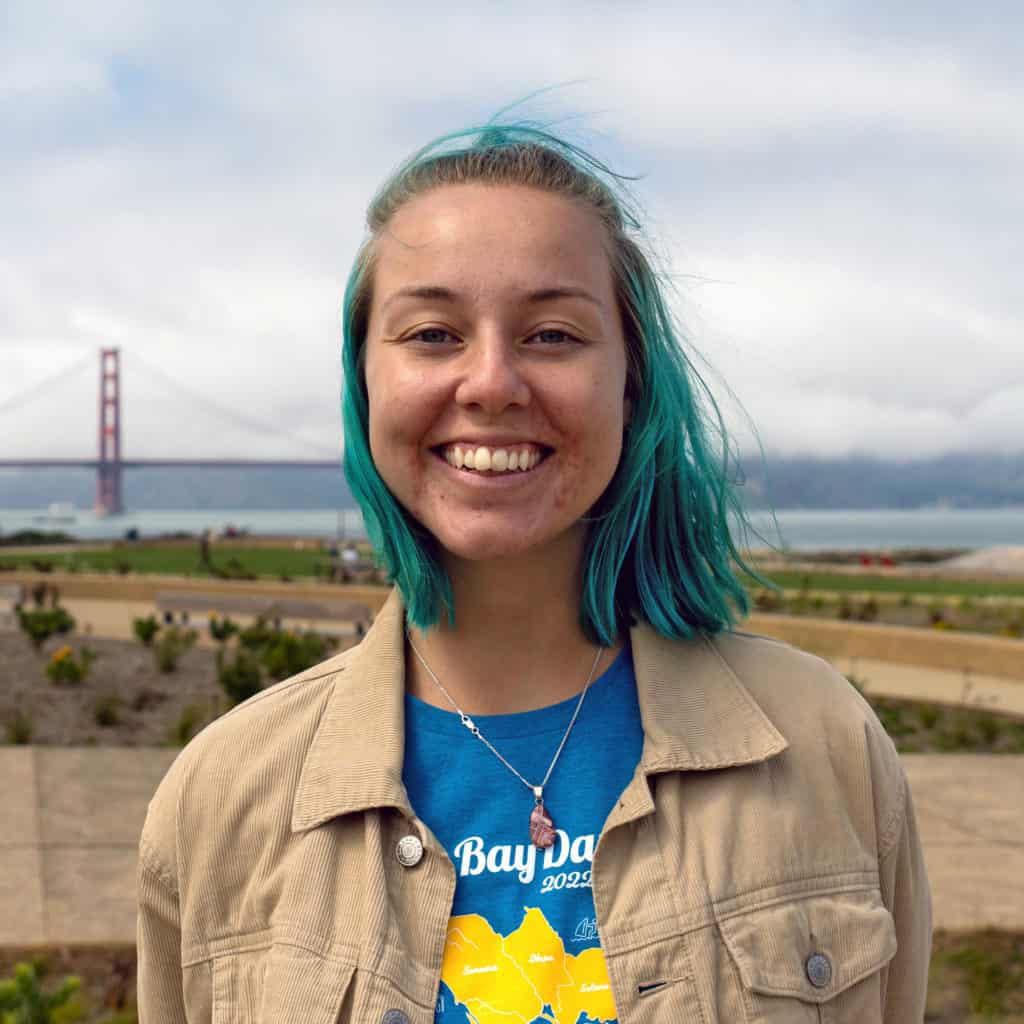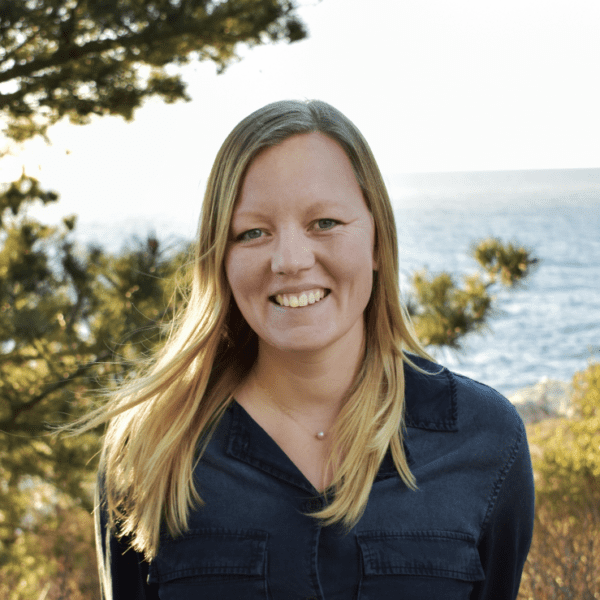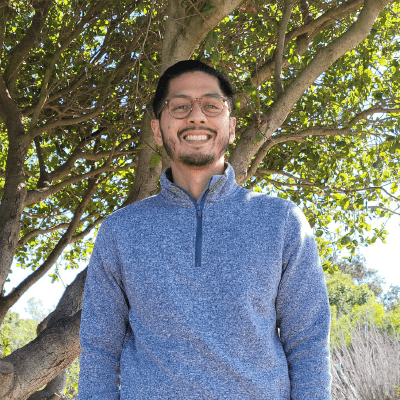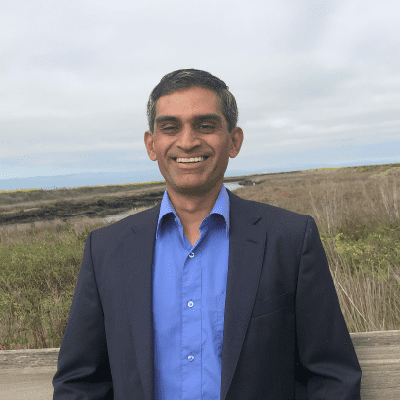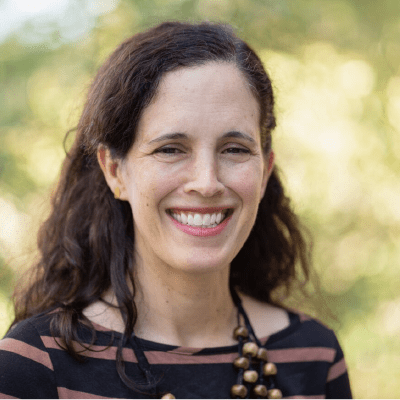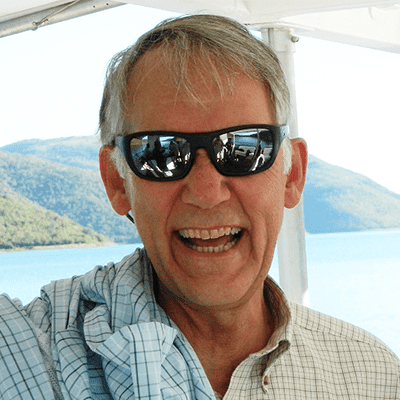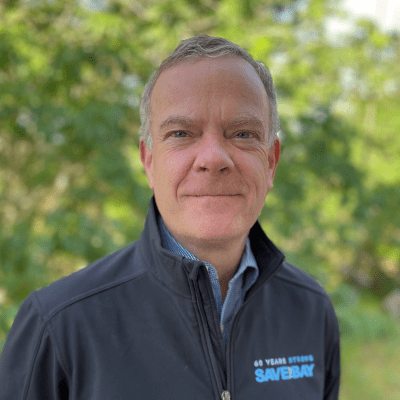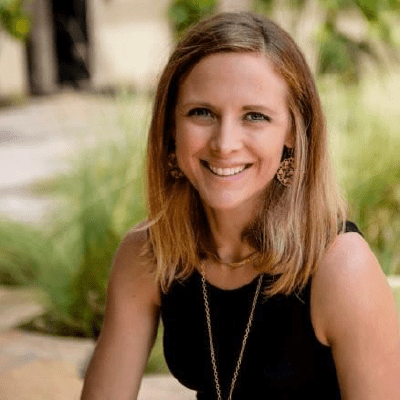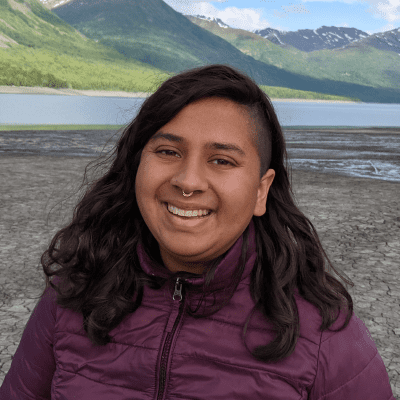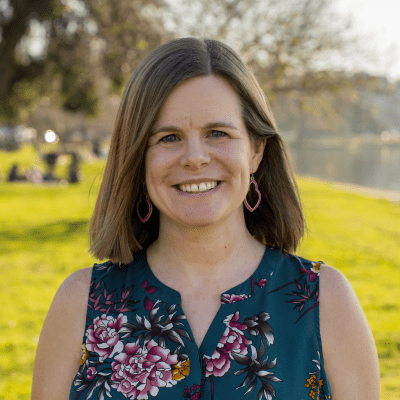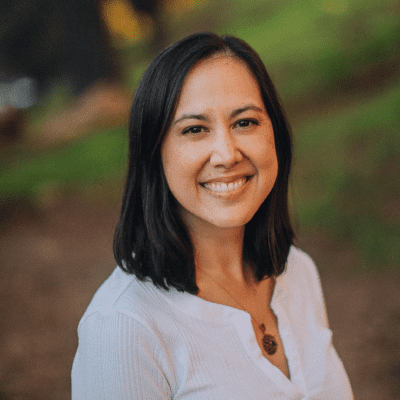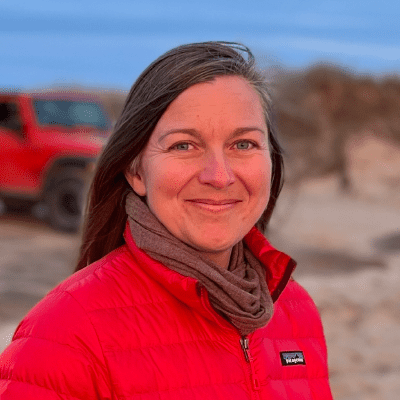Lea este “Bay Story” en Español →
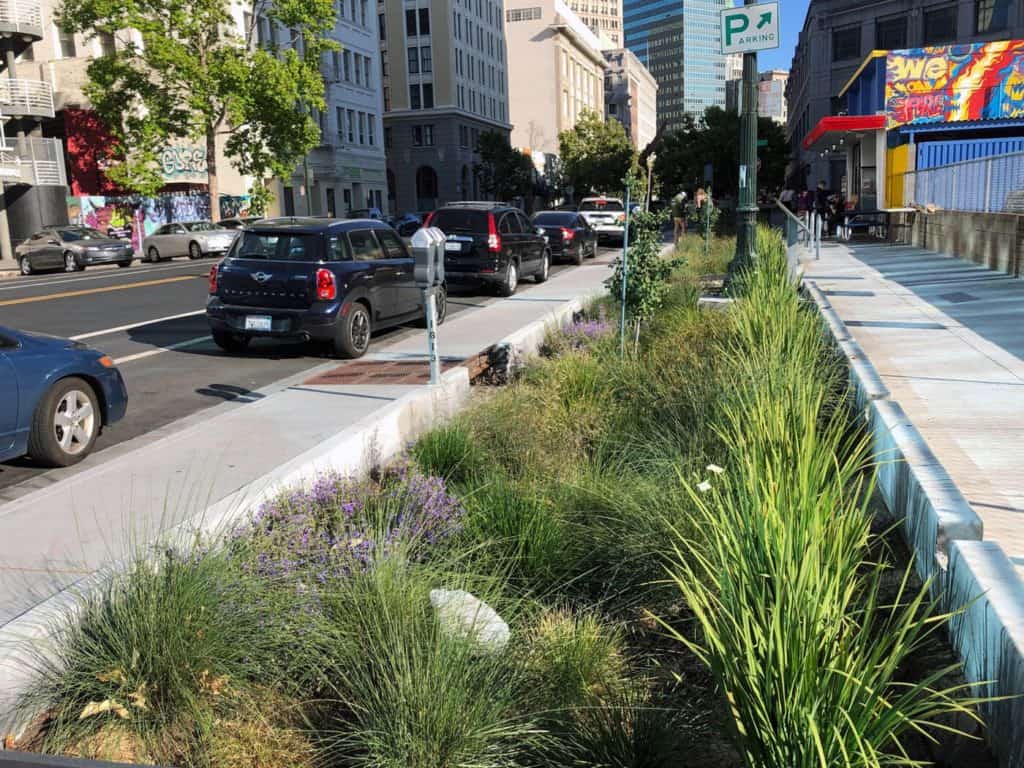
From protecting against extreme heat to promoting active transit, urban greening can provide many climate resilience benefits. As Save The Bay advocates for urban greening to be prioritized in San Jose, we want to ensure that we’re advancing community-supported solutions. The Latinx community is one of San Jose’s largest demographics1, and we want our work to be informed by their feedback. Recently, we prioritized obtaining feedback from residents of East San Jose, where a lack of tree cover and historic underinvestment in infrastructure leave residents more exposed to flooding, extreme heat, and other climate threats than other San Jose neighborhoods.
To that end, we co-hosted a participatory Spanish-language workshop on urban greening with Latinos United for a New America (LUNA), an East San Jose-based community organization. The workshop included a presentation on urban greening as a climate adaptation strategy and breakout rooms for participants to share their thoughts and questions. Plastic Free Future facilitated the workshop in Spanish and provided translation services for Save The Bay staff to engage with participants. Read on to find out 5 key takeaways from our conversation.

Top Takeaways from the San Jose Urban Greening Workshop
- New greening projects should be located near housing, schools, and transit. In order to maximize their physical and mental health benefits, urban green spaces should be accessible within all communities. When asked where in their communities they’d like to see urban green spaces, our participants highlighted integration with housing, schools, and transit. One participant mentioned that they’d like to see greenery added near Ben Painter Elementary, while others wanted greening along bus stops and freeways to help mitigate smog.
- Street trees can help cool East San Jose neighborhoods prone to the urban heat island effect.2 During the workshop, many participants expressed interest in learning to plant street trees in their neighborhoods. In addition to its climate resilience benefits, tree planting can build community, bringing individuals and families together to care for their neighborhoods.
- Greening East San Jose’s existing parks can build climate resilience. Neighborhood parks are a great starting point for implementing urban greening strategies! Already designated as green spaces, parks are the perfect places to add more native trees and shrubbery, implement bioswales and rain gardens, or replace paved spaces with permeable ones. Participants identified McLaughlin Park and Welch Park as targets for urban greening.
- Urban greening has significant mental health benefits, especially for immigrant communities. On streets where greenery is scarce, even a single tree or shrub can make a huge difference. One participant shared that on her block, the only greenery is a single rosebush. All of her neighbors stop to look at the rosebush, she said, appreciating its impact in what is otherwise a “desert of green spaces.” Another participant described how urban green spaces serve as reminders of her home country in Latin America. For residents who don’t live near larger parks, neighborhood green spaces are important in maintaining physical and mental health, especially during the COVID-19 pandemic. San Jose residents need and deserve more than one plant per block.
- East San Jose community members are enthusiastic about this campaign and ready to get involved! Both during the urban greening workshop and in our follow-up surveys, we’ve been blown away by how receptive and excited participants were. In addition to engaging with the content we provided, participants were also listening deeply to each other and collaboratively coming up with greening solutions in the breakout rooms and over chat. Save The Bay looks forward to supporting this community-led greening work in the months ahead.
Through this workshop, we’ve learned that community dialogues are the first step to advocating for equitable, nature-based climate adaptations in our communities. Our work will continue to be informed by these conversations at the local level. We’re extremely grateful to LUNA, Plastic Free Future, and all of our East San Jose community members for such a rich and generative conversation, and we look forward to advancing equitable urban greening in San Jose together.

